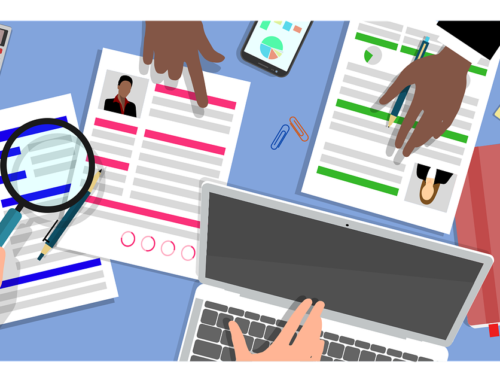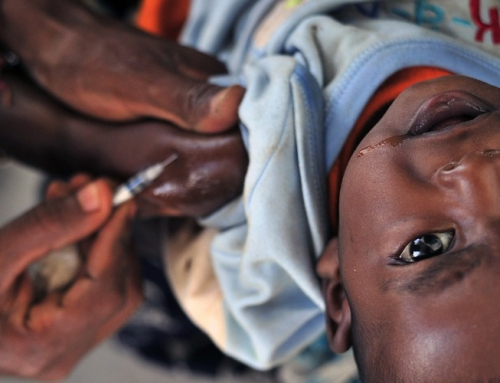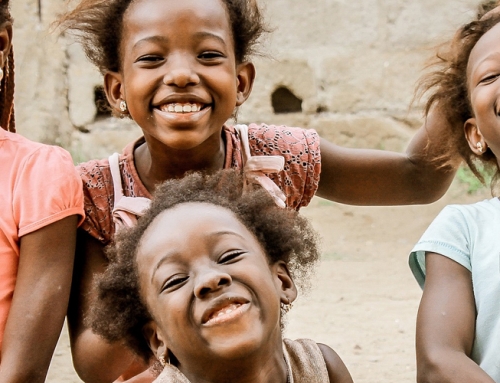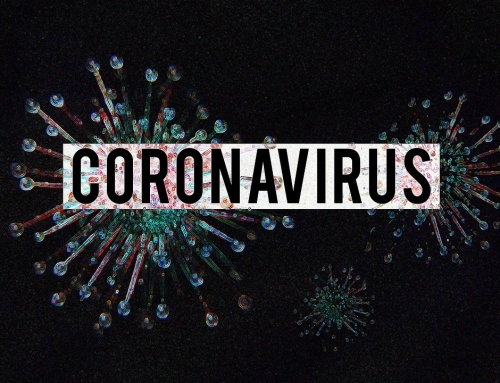Recently, I found out that my little cousin has Autism, which was rather shocking to my family because the disorder does not run in my family. I decided to do a little research to understand Autism and what he goes through on a daily basis. I saw that there are many researchers carrying out ongoing research that show the association with Autism Spectrum Disorder (ASD) and the environment. It was interesting to read these studies.
The environment can impact the development of autism. First of all, autism is a brain disorder that affects the development of the brain. It can impact how a person interacts, learns, and communicates with other people. Some environmental factors that impact the development of autism are air pollution, prenatal condition, and nutrition. Currently, about 1 in 59 children have autism. It is estimated that for parents who have a child with autism, there is an increased chance of 2%–18% of having a second child who is also affected. There are 44% of children with autism that are average to above average intellectual ability.
Studies have shown that children that are more likely to have health problems due to the effect of high levels of air pollution on autism. Studies have also shown that mothers with immune systems issues, as well as maternal issues, can also increase their child’s risk of developing autism. However, mothers who take prenatal vitamins on a daily basis can lower their child’s risk of autism. Some ongoing research includes the discovery of causes and contributing factors for autism by collecting biological samples from children and taking information about environmental exposure, health, lifestyles, and sociodemographic.
Understanding how autism develops is important because we can learn why people with autism act the way that they do. We can try to change the environmental factors that cause autism and prevent future children from developing the disorder.
For more information, take a look at what we are doing at the Health, Environmental Education and Awareness (HEEA) program. At the HEEA day, we educate members of our community on the relationship between the environment and public health. Experts share nuggets of life-saving health and environment information in a joyful and entertaining atmosphere. And this includes information on support for children with autism and how we can help them to live fulfilled lives within our communities. You and your family and friends can join us.
Obtaining and empowering ourselves with the latest information and research on different health conditions is important for protecting your health. I can tell you that human health is truly complex. But there is hope. There is a lot of valuable information published by health care providers, researchers and other experts from around the world. You can read these articles free and updated information on health issues affecting mothers, women, children and families and other health issues such as HIV/AIDS online at the International Journal of Maternal and Child Health and HIV/AIDS. You can also read other interesting articles on public health, medical research, and how research is changing our lives at IJTRansmed.
Useful links:
www.niehs.nih.gov
www.globalhealthprojects.org/programs/environment/heea-program/
www.cdc.gov/ncbddd/autism/data.html
*At the time of writing, Ms. Kanisha Blake, MPH (Epidemiology) was a public health intern at the Global Health and Education Projects, Washington, DC, USA, under the mentorship and supervision of Dr. Romuladus E. Azuine.






